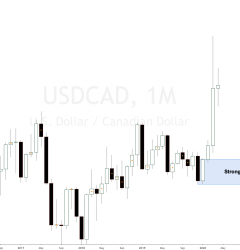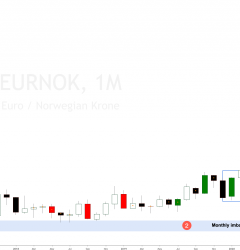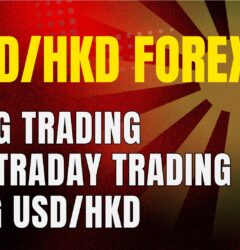11 Apr
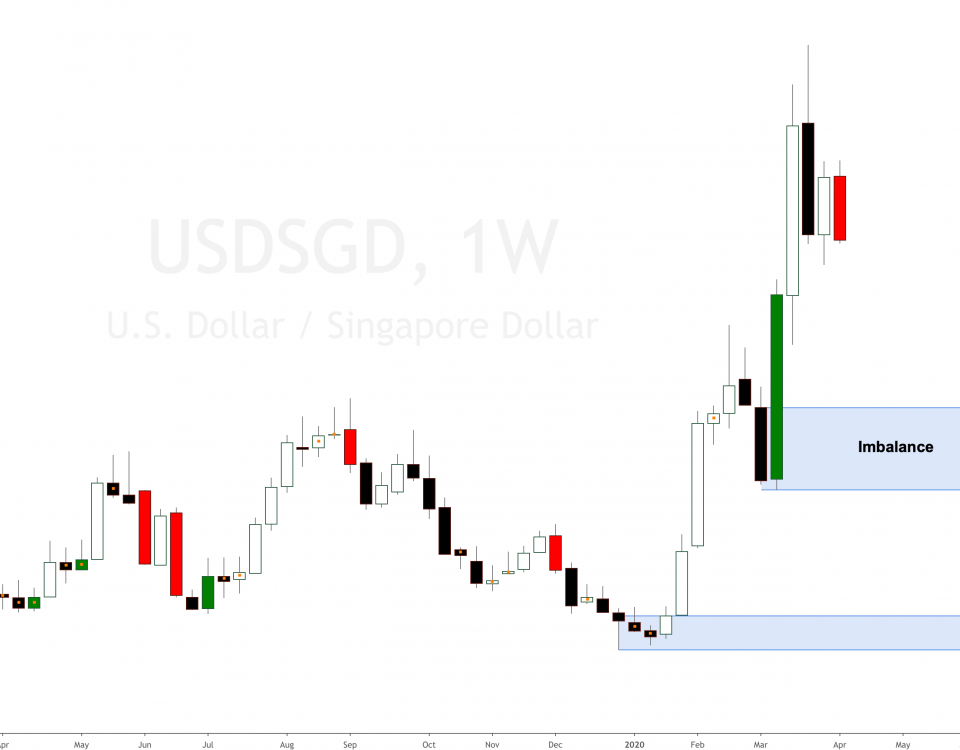
Clear long bias on USDSGD (US dollar versus Singapore Dollar). This Forex cross-pair forecast is bullish, given that we have strong weekly demand imbalances created in the bigger timeframes like the weekly timeframe attached below.
USDSGD pair analysis
The USDSGD spot exchange rate specifies how much one currency, the USD, is currently worth in terms of the other, the SGD. While the USDSGD spot exchange rate is quoted and exchanged in the same day, the USDSGD forward rate is quoted today but for delivery and payment on a specific future date.
The USDSGD Forex cross pair has been rallying for months, creating two strong imbalances, long term directional bias on this cross pair is bullish. We don’t need any indicators to tell us that USDSGD is bullish, as shown in the monthly technical analysis below.
USD SGD price chart analysis
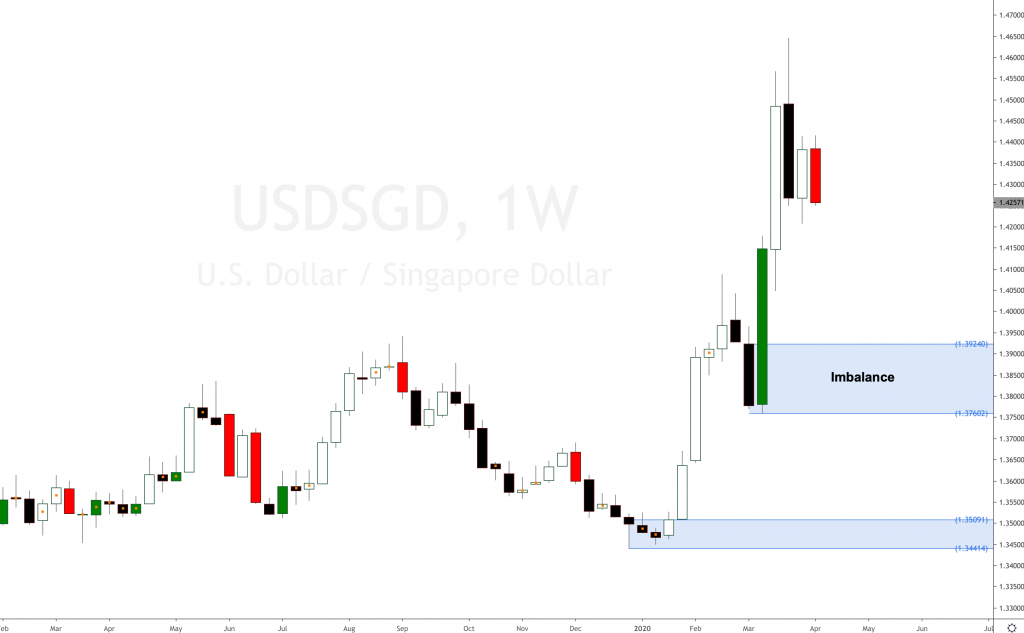
Watch the USDSGD forex cross-pair forecast and prediction in the video analysis below. The video analysis explains the forecast in more detail.
USDSGD forex price action analysis
This is the kind of price action technical analysis you will learn in our trading community. You will learn how to locate new supply and demand imbalances and trade without using any indicators, no news, no fundamental analysis, no earnings announcements, no volume or VSA analysis. Just supply and demand imbalances.
Trading supply and demand imbalances are ideal for beginners and those with full or half-time jobs. You won’t need to stay in front of the computer all day long trying to move price action with your mind.
USD SGD supply and demand imbalances
As supply and demand traders, we do not need to pay attention to the news, fundamentals or any earnings reports. Once a big timeframe imbalance has gained control, earnings do just the opposite and react strongly to those imbalances. Why do you see positive earnings and then the underlying stock drops like a rock, or a negative earnings announcement and the stock rallies like a rocket out of control? You are probably missing the fact that there are big imbalances in gaining control.
You should not worry about fundamentals or earnings announcements unless you are doing very short-term trading and scalping.
You can use these imbalances to plan your trades in lower timeframes. Trading is just waiting for the right trigger points and scenarios to present themselves, this game has got a name and it’s called the waiting game. We need to patiently wait for the correct scenarios and setups to happen and wait for the price to pullback or dip into the price levels we want to trade, in our case these price levels are made of supply and demand imbalances.
Join our supply and demand trading course if you want to learn how to trade using our supply and demand trading strategy.
